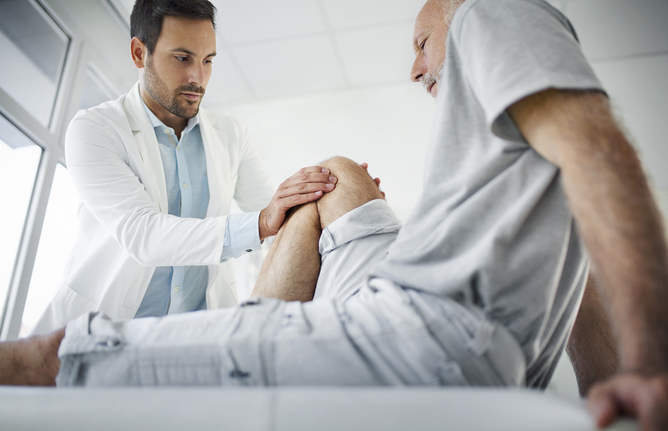Knee ligament injuries stem from various factors, ranging from acute trauma to repetitive stress. The anterior cruciate ligament (ACL) and posterior cruciate ligament (PCL) are particularly susceptible to injury due to their central roles in knee stability.
Cruciate Ligaments: The ACL, crucial for knee stability during dynamic movements, is often injured during activities that involve sudden stops, changes in direction, or incorrect landings from jumps. This ligament can be stretched or torn in a moment of improper movement, such as when the feet are planted one way and the knees twist another. Sports like skiing, basketball, and football are notorious for their high risk of ACL injuries due to the intense, abrupt motions they require. The PCL, on the other hand, typically suffers injury from a direct hit to the front of the bent knee, such as what might occur in a car accident or during a football tackle.
Collateral Ligaments: Located on the sides of the knee, the medial collateral ligament (MCL) and lateral collateral ligament (LCL) provide lateral stability. The MCL is more frequently injured than the LCL, with injuries usually resulting from a forceful blow to the outer side of the knee. This type of mechanism is common in contact sports like football and hockey, where lateral impacts can stretch or tear the ligament.
Understanding the mechanisms behind knee ligament injuries is essential for both prevention and treatment. For athletes and individuals engaged in physical activities, recognizing the movements and situations that increase the risk of such injuries can guide modifications in activity or technique to protect the knee. Additionally, this knowledge assists healthcare providers in diagnosing the specific type of ligament injury, facilitating targeted treatment strategies that address the root cause of the injury and promote optimal recovery.
